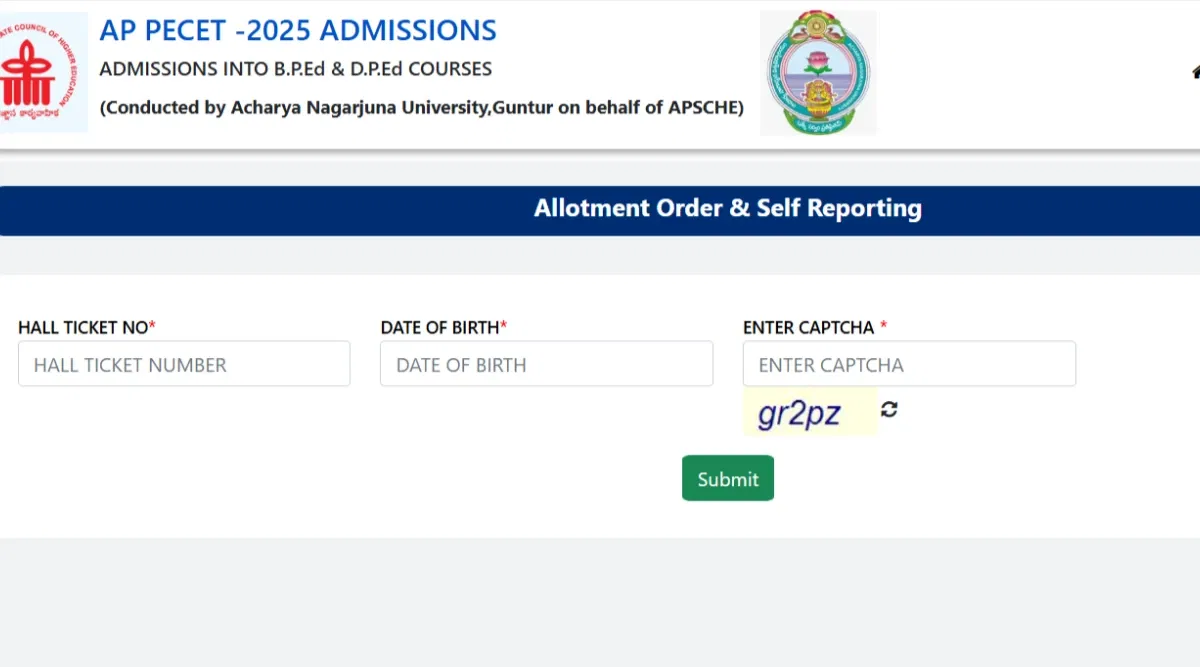NAAC Accreditation is a quality assurance process in India that evaluates and certifies the quality of higher education institutions (HEIs) such as colleges and universities. Check here everything about NAAC Accreditation!
Table of Contents
The National Assessment and Accreditation Council (NAAC) is instrumental in the preservation of academic standards in India by conducting assessments of higher education institutions. This article offers a thorough explanation of NAAC accreditation, including the grading system, benefits, and significance to universities and institutions. The following article will cover the function of the National Assessment and Accreditation Council (NAAC) in the assessment and enhancement of the quality of higher education institutions in India. Moreover, this article will also dicuss NAAC grading system, accreditation process, and influence on academic standards.
Click to Check: List of NAAC A++ Universities in India
Introduction to NAAC Accreditation
The National Assessment and Accreditation Council (NAAC) is an autonomous entity that performs assessments and accreditations of higher education institutions (HEIs) in India, under the University Grants Commission (UGC). NAAC, which was established in 1994, is dedicated to the advancement of quality education by means of consistent assessments and accreditations. NAAC accreditation is now a critical metric for the reputation of universities and colleges nationwide.
What is NAAC Accreditation?
NAAC is dedicated to evaluating the quality of education provided by Indian HEIs. Its vision is to encourage institutions to strive towards excellence and continuous improvement, offering students a better learning environment.
The main mission of NAAC is to:
- Promote quality and excellence in higher
- Encourage HEIs to develop a system for consistent quality
- Foster accountability and transparency in the education
- Provide feedback on the institutions' strengths and areas of
Also Check: What is NAAC Accreditation? Criteria, Weightage, Grading System
NAAC Accreditation Process
The accreditation process is a multi-step procedure aimed at assessing the overall quality of an institution in terms of infrastructure, teaching methods, academic output, and governance.
The following steps are involved in the NAAC accreditation process:
- Institutional Registration: Institutions must register on the NAAC
- Self-Study Report (SSR): The institution submits an SSR, documenting its strengths, weaknesses, academic processes, and quality
- Peer Review Visit: A team of NAAC-approved peers visits the institution to verify the information and assess the infrastructure, teaching processes, and
- Evaluation and Accreditation: Based on the SSR and peer review, NAAC assigns a grade to the institution.
NAAC Grading System
NAAC uses a 7-point grading scale to assess institutions. Grades are awarded based on performance in key areas such as curriculum, teaching-learning practices, research output, and student support.
Here’s a breakdown of the grading system:
- A++ (3.51 – 00): Outstanding
- A+ (3.26 – 50): Excellent
- A (3.01 – 25): Very Good
- B++ (2.76 – 3.00): Good
- B+ (2.51 – 75): Above Average
- B (2.01 – 50): Average
- C (1.51 – 00): Satisfactory
- D (<1.51): Not Accredited
The grades reflect the overall institutional quality, helping prospective students and stakeholders make informed decisions.
Benefits of NAAC Accreditation
NAAC accreditation offers a wide range of benefits for institutions, students, and the education system as a whole.
Institutional Benefits
- Enhanced Reputation: NAAC accreditation significantly boosts the reputation of institutions, both nationally and internationally.
- Funding Opportunities: Accredited institutions are eligible for more government grants and funding.
- Quality Improvement: The accreditation process helps institutions identify areas for improvement, ensuring continuous quality
- Student Enrolment: Institutions with NAAC accreditation generally attract more students due to the assurance of quality.
Benefits for Students
- Better Career Prospects: Degrees from NAAC-accredited institutions carry more weight in the job market.
- Improved Academic Environment: Students benefit from better infrastructure, teaching methods, and academic
Importance of NAAC in Higher Education
NAAC plays a pivotal role in ensuring that institutions uphold high educational standards, which directly impacts India's global standing in education.
- Promoting Accountability: NAAC ensures that institutions remain accountable for their academic processes. Institutions must regularly update their teaching methodologies, research outputs, and administrative procedures to maintain or improve their NAAC rating.
- Role in Policy Making: The accreditation data collected by NAAC also aids policymakers in shaping education reforms, enhancing the quality of education at a national level.
Also Check: NIRF vs NAAC: Differences, Ranking Parameters, Criteria
Recent Changes in NAAC Policies
NAAC has made several updates to its assessment framework to ensure that it keeps pace with the rapidly changing education landscape. In 2019, NAAC introduced a revised accreditation process, which emphasizes:
- Student-centric assessments: Focuses more on student experiences and learning
- Use of ICT: Leveraging technology for transparent and efficient
- More frequent assessments: The periodic accreditation cycle has become more stringent, ensuring regular quality
How to Prepare for NAAC Accreditation
Institutions aspiring for NAAC accreditation should focus on maintaining high academic and operational standards. Some of the key areas of focus are:
- Quality Teaching-Learning Practices: Institutions must invest in qualified faculty, updated curricula, and student support services.
- Infrastructure: Adequate infrastructure in terms of libraries, laboratories, and classrooms is crucial.
- Research Output: NAAC places a strong emphasis on the institution's research
- Administrative Practices: Efficient governance and student feedback mechanisms contribute to better accreditation























POST YOUR COMMENT